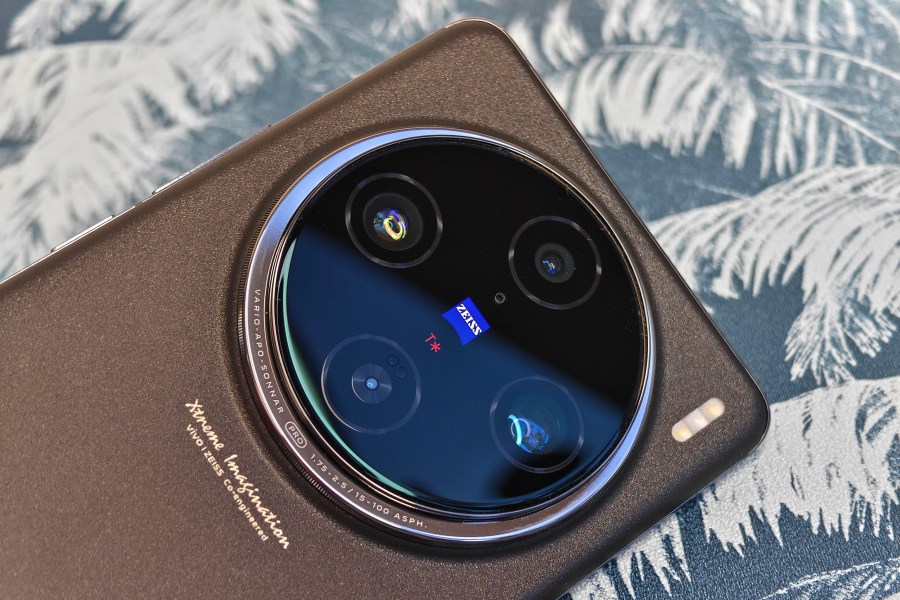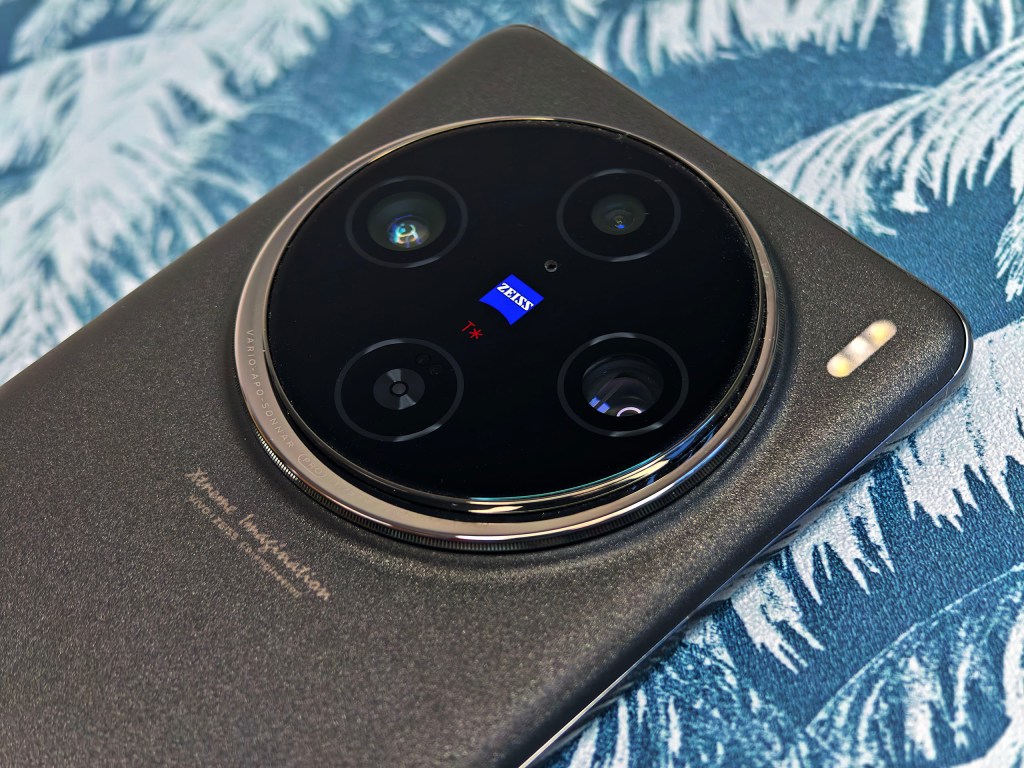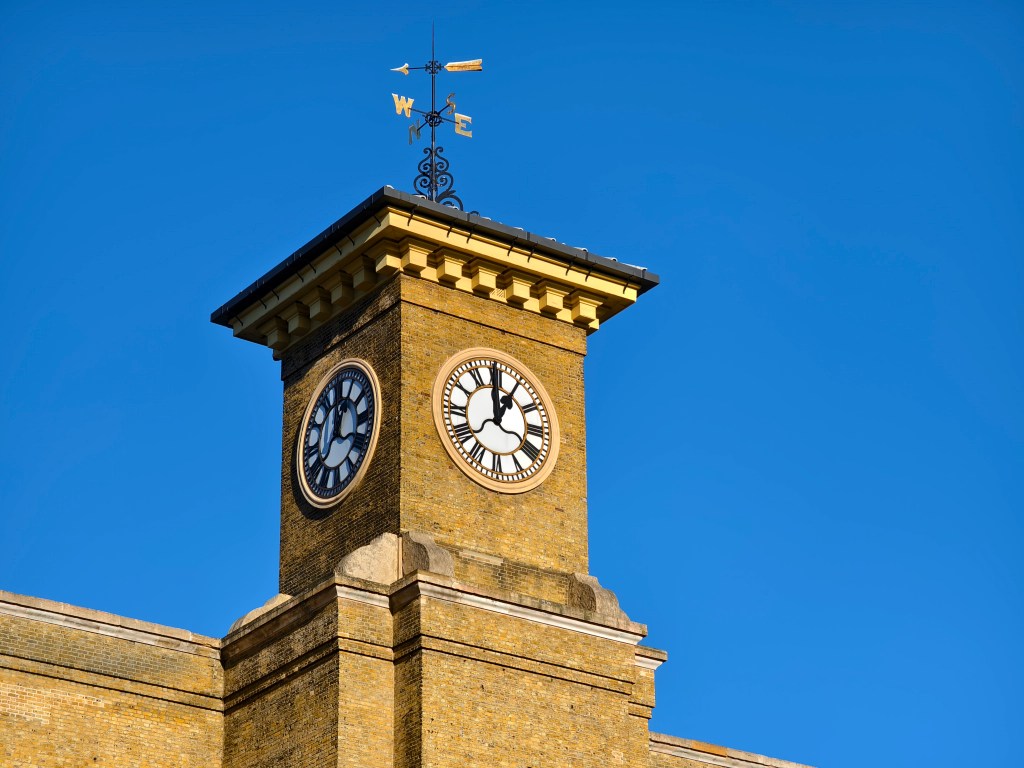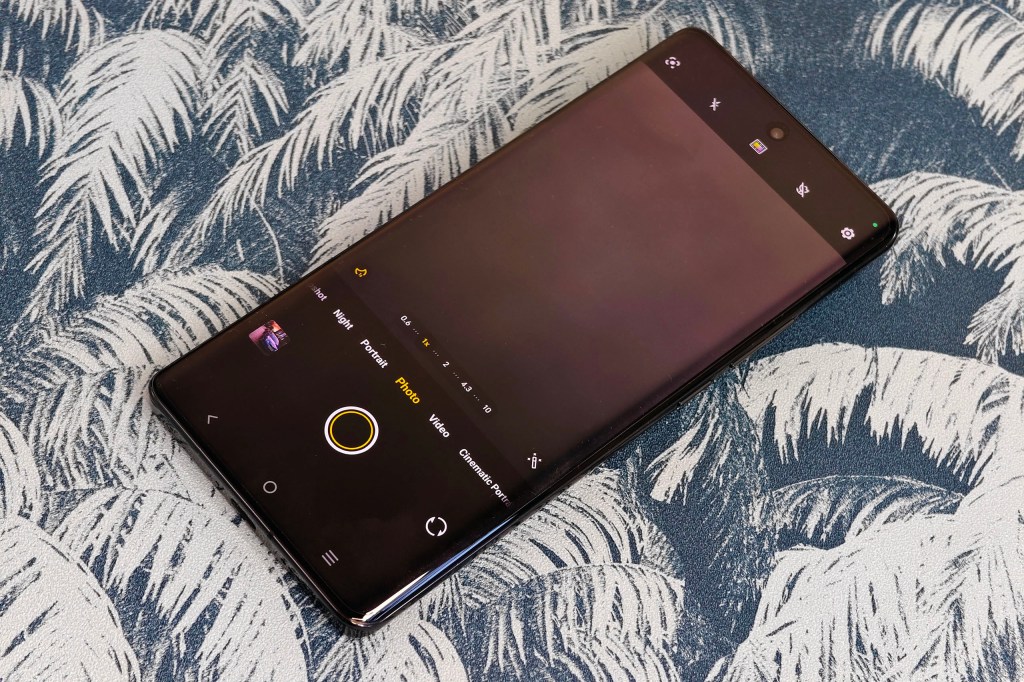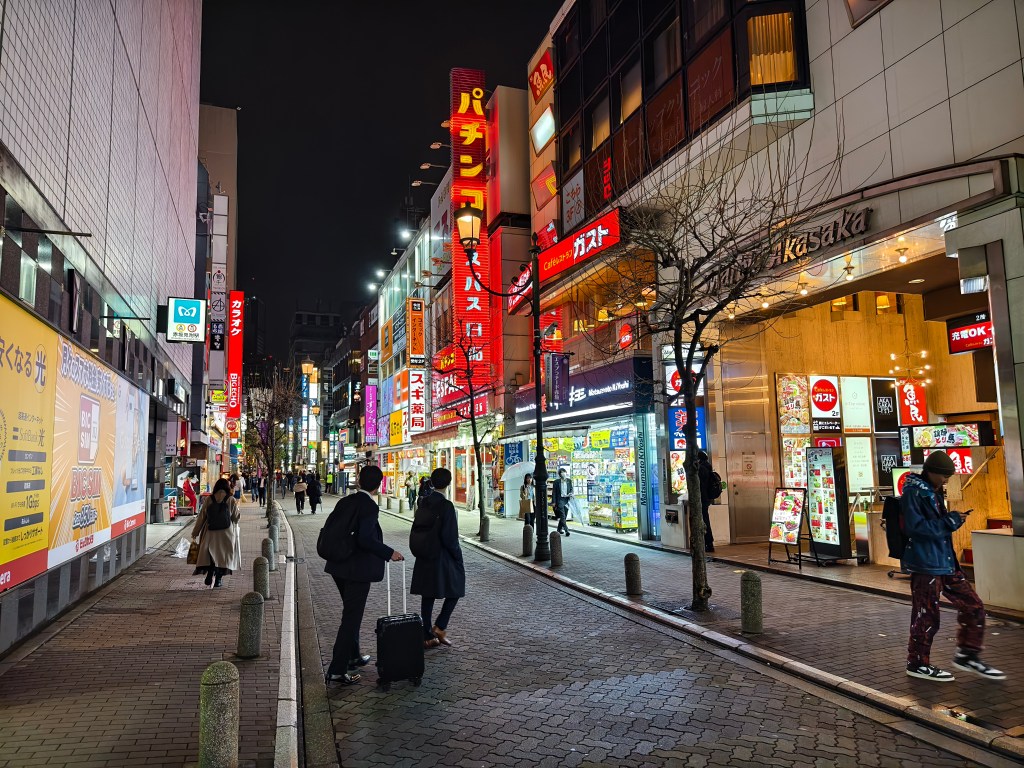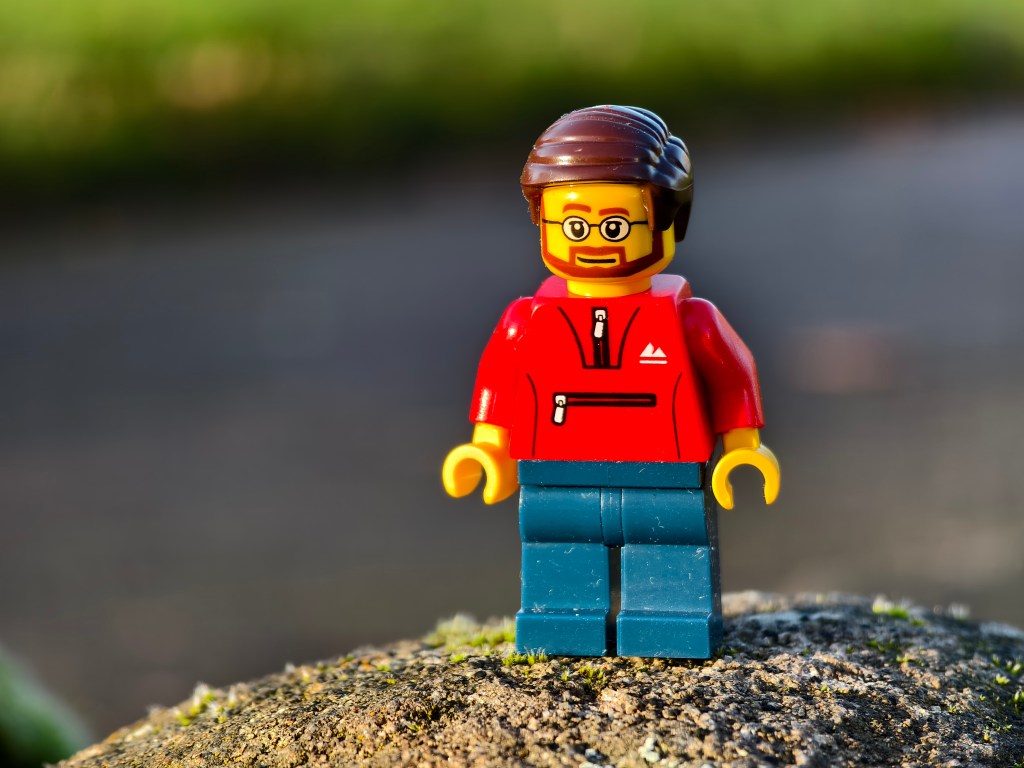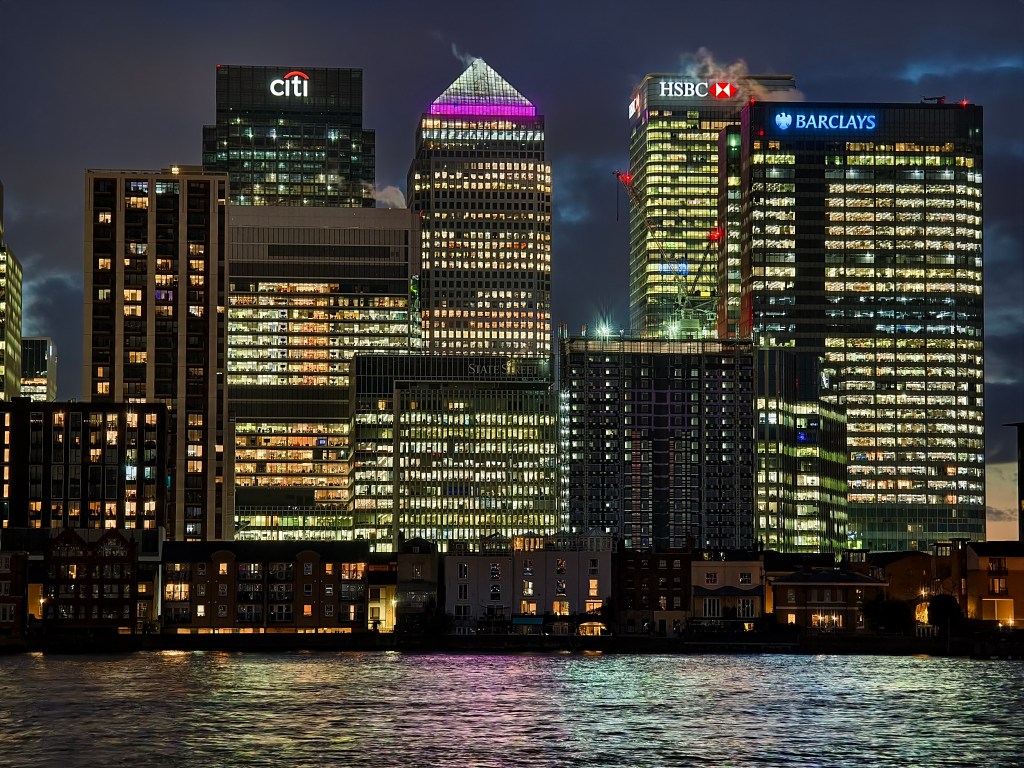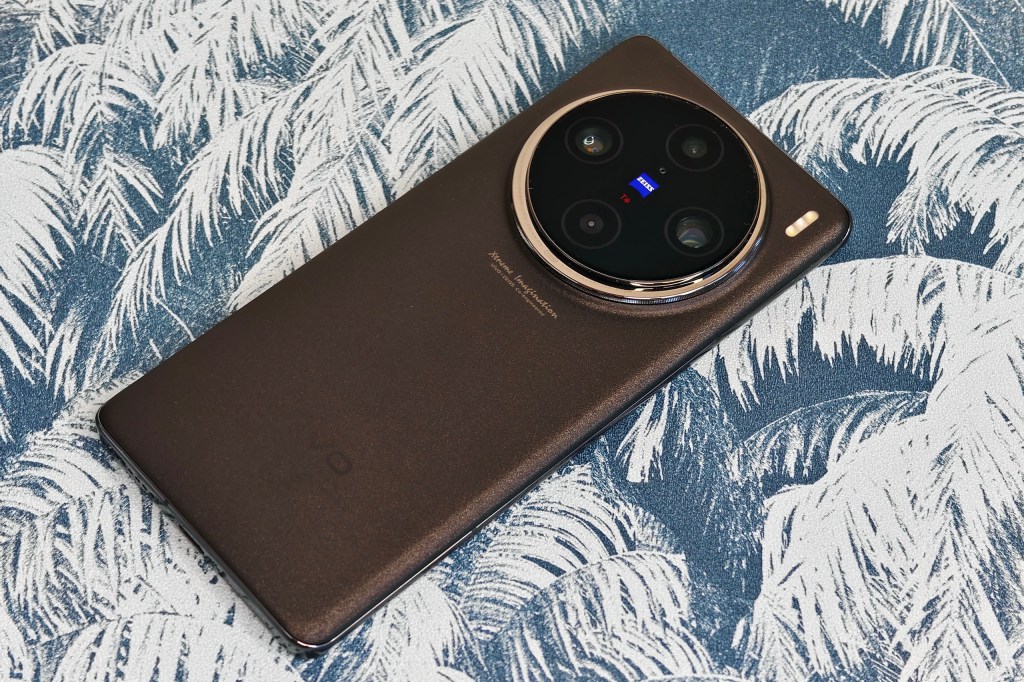Amateur Photographer verdict
The X100 Pro has an exceptional set of rear cameras. If the Vivo X100 Pro had a selfie camera with auto-focus, this would be the perfect camera phone.- Amazing telephoto close-up performance
- Impressive main camera
- Array of Zeiss shooting features
- Great battery life
- Limited availability, not available worldwide
- Selfie camera is fixed focus
- Colours can be a bit over the top
The Vivo X100 Pro is Vivo’s flagship camera phone with a massive emphasis on the cameras, made in collaboration with Zeiss. This already looks like one of the best smartphones for photography; so how does it perform, and does it have any weaknesses (apart from being elusive in the USA and UK for now)?
At a glance:
- 50MP f/1.75 main camera with 1inch sensor, OIS, 23mm, AF
- 50MP f/2.0 ultra-wide-angle camera, 15mm, AF
- 50MP f/2.5 4.3x telephoto camera, with close focus, 100mm, OIS, AF
- 32MP f/2.0 selfie camera, fixed focus
- 8K 30fps, 4K 60/30fps, 1080p 240fps video
- 6.78inch AMOLED screen with 3000nits
- 5400mAh battery
- 16GB RAM / 512GB storage
- Android 14
How we test phones
We review smartphones from the perspective of choosing one for its photography and camera performance. We look at what the Vivo X100 Pro offers, and the features included for photography and video, paying particular attention to the cameras on the phone, photo editing capabilities, as well as the output from each lens.
Features, Hardware and Design
Whilst other brands like Google and Samsung are making waves with AI photography, Vivo are making bold moves with hardware, with a 1inch sensor on the main camera and a 4.3x periscope camera that provides macro features. There’s also an ultra-wide-angle camera. All of these feature a 50MP sensor and use pixel-binning to give 12.5MP images.
Vivo have also partnered with Zeiss in both hardware and software options, with the 23mm equivalent main lens and 100mm telephoto lenses both feature Zeiss branding, as well as featuring Zeiss T* coating.
The design of the rear camera bump includes a ring with additional Zeiss branding, including ‘Vario-APO-Sonnar Pro 1.75-2.5/15-100* ASPH’ – *15-100mm equivalent in 35mm terms. Surrounding this is a ring that looks like it could be a control ring, but unfortunately, it’s not. It’s not since the Panasonic Lumix CM1 that we saw a control ring on a phone combined with a 1inch sensor.
The Zeiss-branded main camera…
There’s a 50MP f/1.75 main camera with Sony’s 1inch IMX989 sensor, and this lens is made up of 1 glass and 7 plastic lenses. It features auto-focus and OIS (optical image stabilisation). If you’re wondering why smartphones use plastic lenses, then have a look at our article on glass vs plastic lenses: Which is better: glass or plastic smartphone lenses?

The Zeiss APO floating telephoto camera is a periscope design, and the floating elements design allows for telephoto macro close-ups. APO certification comes from Zeiss, and there’s an f/2.5 aperture. You can also use the telephoto camera for night photography, and the 50MP sensor is a generous 1/2inch in size. This also features OIS (optical image stabilisation).
The ultra-wide-angle camera has a 50MP sensor, 1/2.76inch sensor, f/2.0 aperture, and has auto-focus.
The selfie camera is a 32MP unit without any specific branding, and it does not have auto-focus. It can record 4K video (at 60fps), however, it doesn’t match other flagships with AF on the selfie camera.
You can record 8K video using the main camera on the rear, with 30fps and electronic image stabilisation available in addition to the optical image stabilisation. 4K video is provided from all cameras on the back, from 0.6x to 4.3x, with additional zoom up to 10x.
Zeiss options can be found in the camera settings, with Portrait, Landscape and Architecture modes. The portrait options include background blur options with bokeh designed to recreate the look of Zeiss lenses. You can select from 24mm, 35mm, 50mm, 85mm and 100mm portraits as well.
Camera app options include Snapshot, Night, Portrait, Photo (Auto), Video, Cinematic Portrait, and under ‘more’ there are a range of additional shooting modes, including High-resolution, Pano, Ultra HD document, Slo-mo, Time-lapse, Long exposure, Supermoon, Astro, Landscape and Architecture (Zeiss), Pro (manual mode), Food and Live Photo.
Snappiness – the phone’s ability to respond to you quickly – is impressive, with the phone’s MediaTek Dimensity 9300 keeping up with the latest processors from Qualcomm. You’ll also find you can use Google Play and put all your favourite apps on the phone.
There’s a generous 5400mAh battery, which is larger than most other flagship smartphones. This gives impressive battery performance, and when I left the phone on standby with only a Wi-Fi connection, the battery life remained high for days, still at 56% after 6 days!
The phone is slim and stylish with a generous bundle of accessories included in the box, including a 120W charger, USB cable, and free TPU case. There’s a screen protector pre-installed. The phone also supports 50W wireless charging, with support for reverse wireless charging.
USB connection proved to be an issue at times. Normally, you’d be able to connect an android phone to your computer and simply select “file transfer” mode. This wasn’t always possible on the Vivo X100 Pro. It would occasionally grey out this option and wouldn’t work again till the phone was restarted.
Performance and Image Quality
The main cameras on the back of the phone give great results with plenty of detail, excellent colour reproduction and reliable exposure. Dynamic range captured is impressive with auto-HDR (high dynamic range) kicking in when needed and without you needing to think about it.
The main camera, with 1inch sensor, gives exceptional results in all conditions. Whether there’s low light or daylight, there’s plenty of detail and great colour. If you want to adjust the colour settings, then you have the choice of Vivid (the default setting), Textured and Zeiss Natural.
When you look into the full specifications of the Vivo X100 Pro, it’s interesting to note that the ultra-wide-angle camera doesn’t benefit from Zeiss branding. However, the camera still provides good results, with good colour and exposure, as well as good levels of detail.

The 4.3x telephoto camera gives great results, with plenty of detail and good colour. You can also use 10x zoom, and this provides really nice-looking images.
Telephoto Macro Performance
Like the iQOO 12, OnePlus Open, OnePlus 12, and Xiaomi 14 / 14 Ultra, you can use the telephoto periscope camera for close-up macro photography. On the X100 Pro, this 4.3x telephoto camera gives you amazing close-up photos. Even in poor lighting, there is plenty of detail, and the phone rarely switches to another lens.

This is so refreshing and feels like a real game changer for certain types of photography. Using a phone that switches between cameras, like the S24 Ultra, is a frustrating and confusing experience in comparison. The S24 Ultra switches never seems to use the camera you actually want due to not offering close focus from the telephoto cameras.
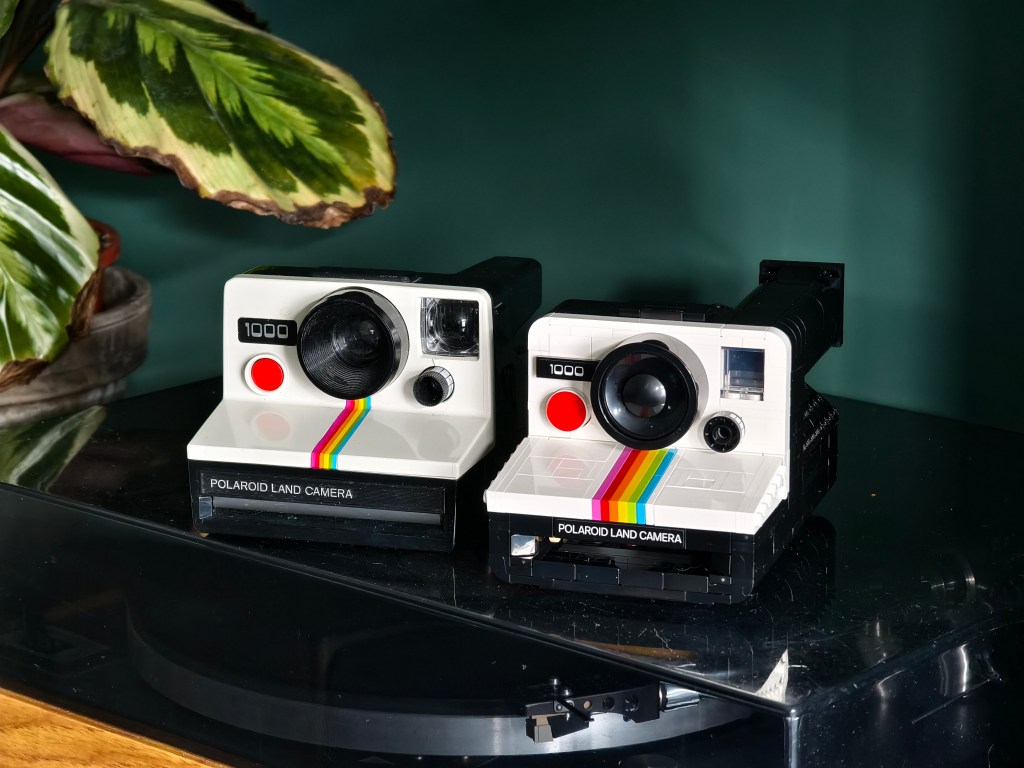
I’ve used the Vivo X100 Pro for product photography in a number of different reviews, including the Samsung S24 Ultra, Xiaomi 14, and at events photographing cameras like the Yongnuo YN433, Hasselblad 907X CFV 100C, and more.
Low-light Performance

The low-light performance of the X100 Pro is impressive, particularly from the large 1inch sensor on the main camera. This gives richer colours and better reds when compared to the Samsung Galaxy S24 Ultra. There’s slightly better detail as well, but it’s the colour differences that are most easily noticeable. Noise is very well controlled and rarely became an issue.
Low-light performance using the telephoto (4.3x) camera is also rather impressive, easily beating the results from compact cameras (with small sensors). This performance was thanks to computational photography combining multiple shots into one for enhanced dynamic range, detail, lower noise and better colour.
Selfie Camera
The 32MP selfie-camera lacks auto-focus. Whilst it gives reasonable results, it’s clearly a quad-Bayer sensor camera, as the level of detail captured is sub-par. It’s also disappointing that the camera lacks auto-focus, especially for those who take a lot of selfies or want to vlog with the selfie camera.
In the portrait mode, using the rear camera, you’ll find a range of options including Zeiss-branded bokeh options, letting you choose what kind of bokeh (background blur) you’d like in your portrait shots. These include Biotar, B-speed, Sonnar, Planar, Distagon, Cine-flare, Cinematic or “Natural” without any Zeiss branding, along with 24, 25, 50, 85 and 100mm lens options.
Video
As mentioned, it’s possible to record 4K video from all cameras on the phone, including the selfie camera, with 8K video only available from the main camera. Results look good, and footage is stable thanks to a combination of optical and electronic image stabilisation, although your results may vary depending on how steady you can hold a phone.
The main disappointment is that the selfie or front-facing camera lacks autofocus. Other flagships from Apple, Google and Samsung offer auto-focus. In fact, some of Vivo’s own mid-range phones, such as the Vivo V30 Pro, offer autofocus from the selfie camera.
Value for Money
Availability is one of the main issues with this phone. Can you buy it in your country? Probably not. In the UK I found the phone was available for £780 – £999 (16GB/512GB), and officially it’s priced at €1199 (EURO) or INR 89999 (in India). If you can get it for the lower price point, then this is amazing value for money, and even at the higher price, it’s still cheaper than the Samsung Galaxy S24 Ultra ($1,300 / £1,249) and Xiaomi 14 Ultra ($1,045 / £1,299), and similar in price to the Google Pixel 8 Pro ($999 / £999).
Other flagship phones include the Samsung Galaxy S24 Ultra ($1,420 / £1,249), and the iPhone 15 Pro Max ($799 / £1,049 [256GB]). However, these can’t match the battery life or macro performance of the Vivo X100 Pro. Overall, though, with wider availability and 7 years of updates, these other phones are still very good choices.
Verdict – Almost Perfect
The Vivo X100 Pro is an incredible camera phone with a telephoto macro camera. It has changed my product photography, as I no longer need to bring a full-size camera with me to events. It goes to show what is possible with smartphone cameras, and really makes companies like Apple and Samsung look like they’re not really taking photography as seriously as they could be.
If the selfie camera featured auto-focus, then we would be looking at the perfect camera phone, but unfortunately this lets the phone down a little.
The main camera performs exceptionally well, with impressive results in all lighting conditions, whether shooting in daylight, low-light or night time conditions. When other phones struggled with blown-out colours, the Vivo X100 Pro didn’t.

The telephoto camera, as mentioned, provides exceptional macro and close up images, as well as great telephoto shots, with the additional 10x option giving great results.
The ultra-wide-angle camera gives very good results, but doesn’t feature the same Zeiss branding as the other cameras on the phone. In addition, the colours provided by all three rear cameras was generally very good, with saturated colours and matching results from all three. At times, the colour was a little too saturated on the default ‘Vivid’ setting, but you can choose ‘Textured’ or ‘Zeiss Natural’ colour options if you want to.
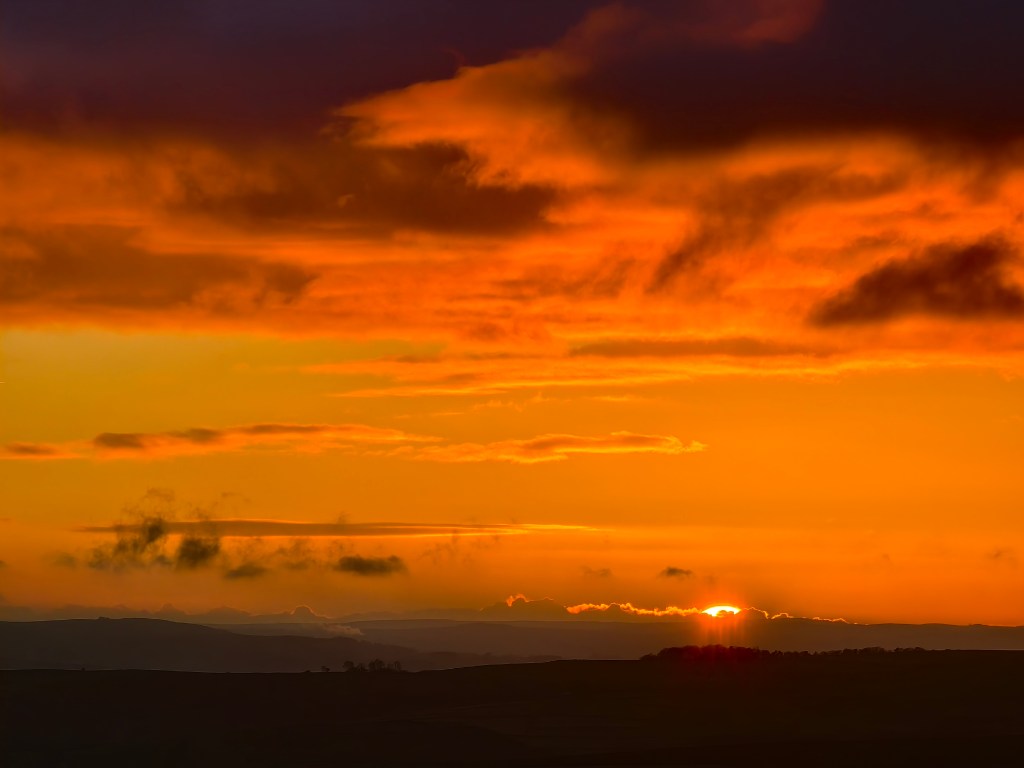
Overall, the combination of multiple shooting modes, exceptional images and a stylish phone with impressive battery life means this is my new favourite phone. If only it was actually available in the US and UK, and if the selfie-camera was better, it would be the perfect camera phone.

For more options have a look at the best camera phones for photography, or have a look at the best phones for macro.

Specifications
| Main camera | 50MP f/1.75, with 1inch sensor, 23mm, AF, OIS |
| Ultra-wide-angle camera | 50MP f/2.0, 15mm equivalent, AF |
| Telephoto camera | 50MP f/2.5, 4.3x periscope camera, with close focus, 100mm, AF, OIS |
| Front facing camera | 32MP f/2.0 selfie, fixed focus (4K video) |
| Video | 8K 30fps, 4K 60/30fps, 1080p 240fps video |
| Screen | 6.78inch AMOLED screen with up to 3000nits |
| RAM and storage | 16GB RAM / 512GB storage |
| Battery | 5400mAh battery, 120W charging, 50W wireless, supports reverse charging |
| OS | Android 14 |
| Dimensions | 164.05×75.28×9.05mm |
| Weight | 225g |

